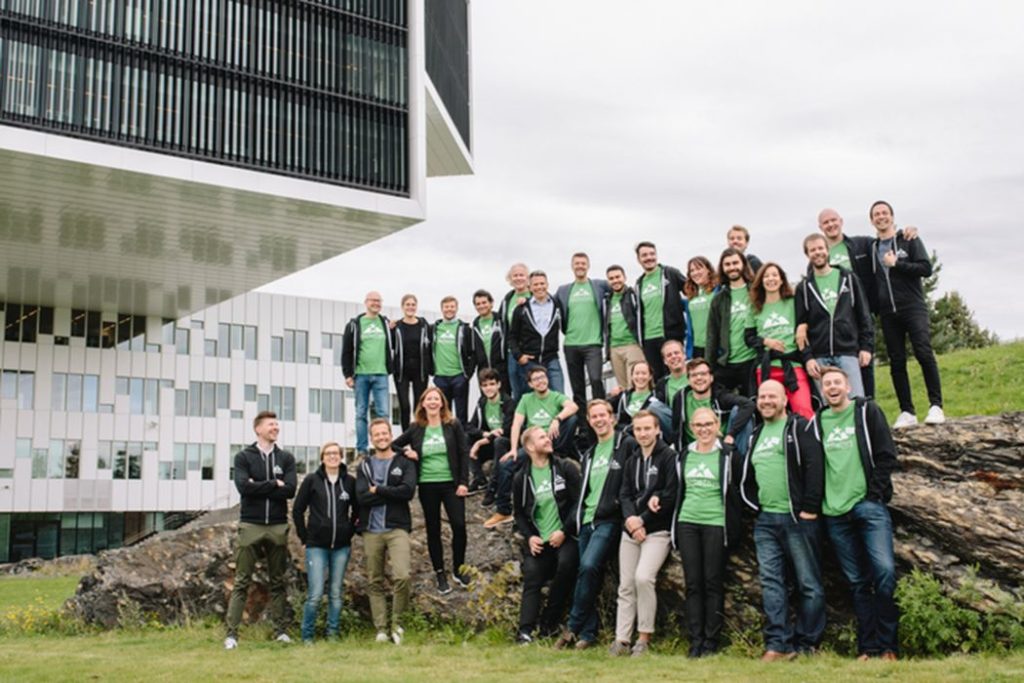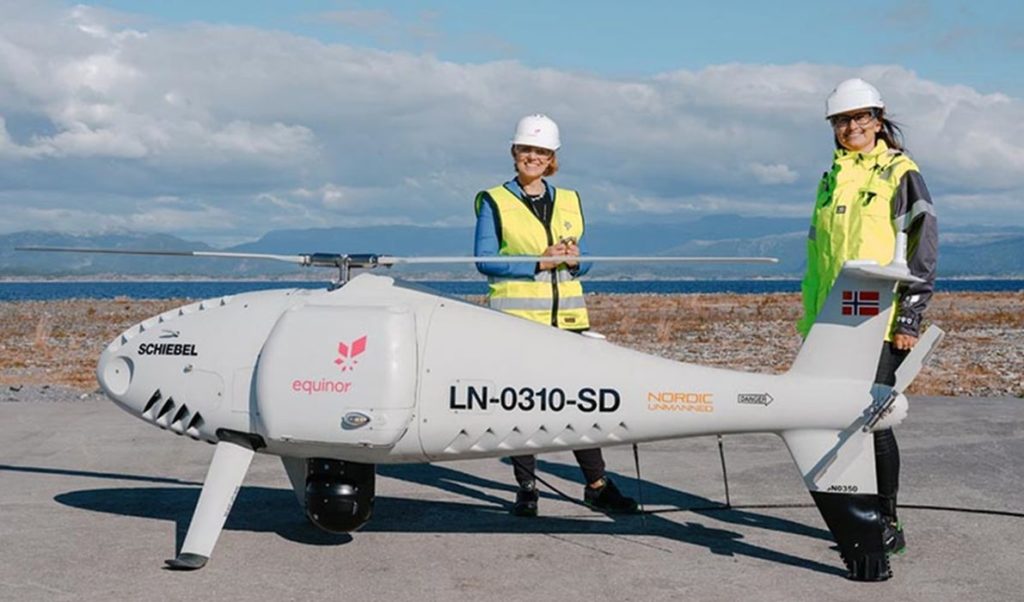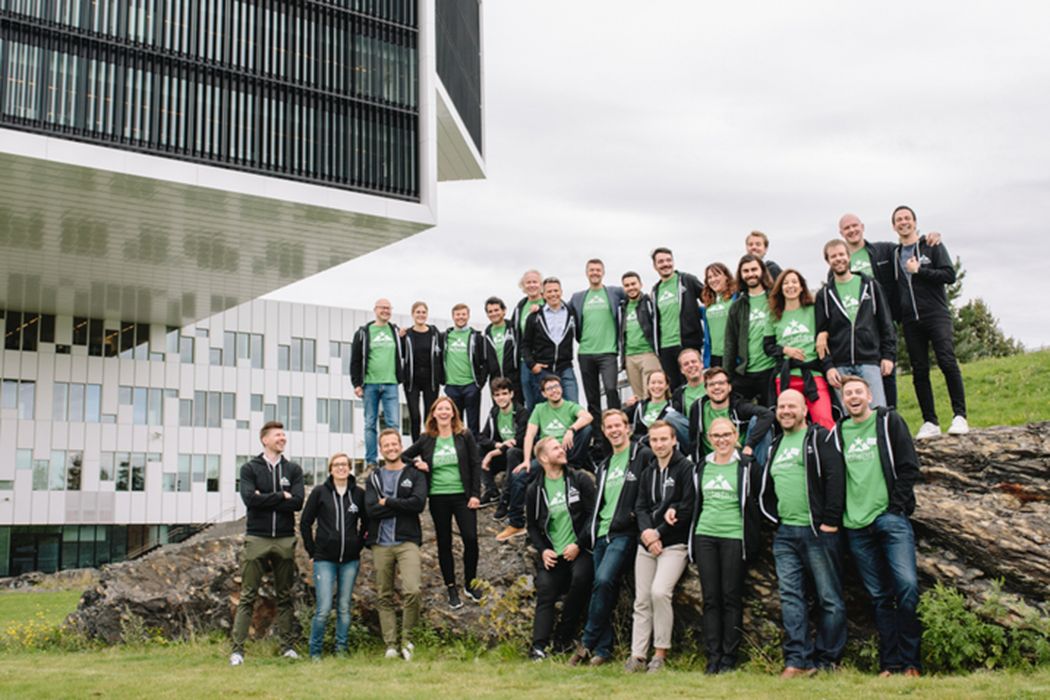
Charles R. Goulding and Preeti Sulibhavi look at recent developments in 3D printing in Norway.
Norway has a strong 3D printing ecosystem and is obtaining synergy from some of its leading business sectors. As an active participant of NATO that shares a border with Russia, Norway has been increasing its annual defense budget. The increased budget will be used to bolster naval presence in the north, strengthen training for active duty and reservist forces, as well as expand stocks of ammunition, fuel and equipment, among other things.
Norway-based Equinor is one of the world’s leading producers of oil and natural gas. Equinor also has an offshore wind turbine business segment. A March 14, 2022 Barron’s article characterized Equinor as one of the best-kept secrets in the oil and gas industry.
The Fieldmade team (pictured above) first made a mobile microfactory linked to a digital ecosystem for onsite 3D printing equipment parts just-in-time for the Norwegian Army. This technology is now being made available to the energy sector inventory supply chain.
The Fieldmade mobile microfactory is similar to the field unit made by ExOne for the U.S. Army.
In 2021, Equinor used a drone to deliver a 3D printed part to an offshore drilling rig.

Wilhelmsen is a large multinational shipping company headquartered in Norway that has made extensive use of 3D printing at numerous global locations. In our September 29, 2021, Fabbaloo article on Singapore, we quoted Hakon Ellekjaer, Wilhelmsen’s head of Venture 3D Printing, as saying “We believe on-demand manufacturing technologies are going to completely reshape the maritime supply chain.”
Conclusion
Norway presents a single-country ecosystem where 3D printing can be used for the military, the oil and gas sector, marine shipping, and offshore wind operations.

